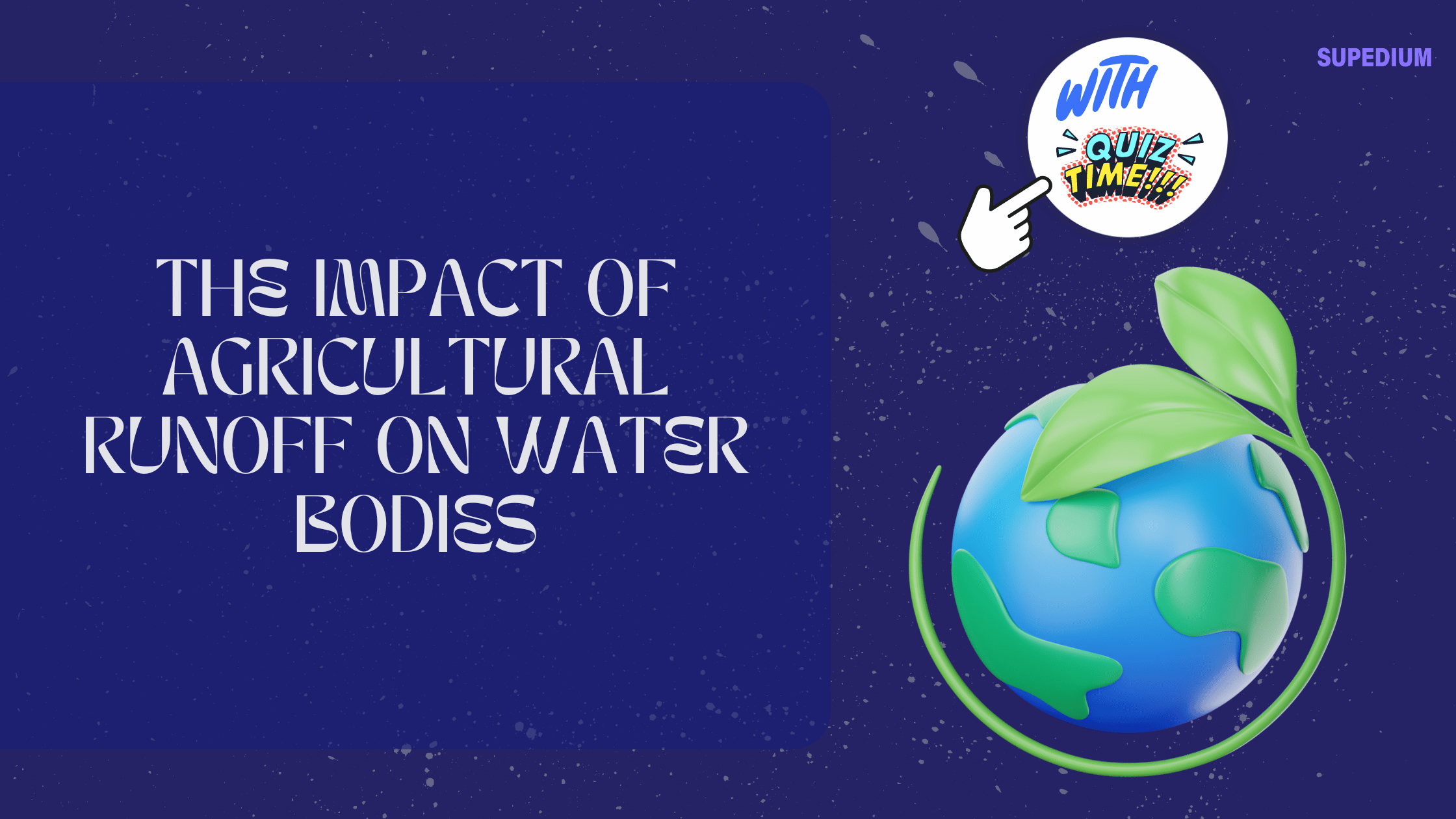Table of Contents
![]()
I. Introduction
Aging is a complex biological process that affects every living organism. It encompasses both chronological aging, the passage of time measured in years, and biological aging, which involves the gradual decline in physiological function. Understanding aging is not only crucial for improving individual quality of life but also for addressing broader societal challenges, such as the increasing healthcare demands of aging populations. This article explores the science behind aging and longevity, examining the biological mechanisms, genetic and environmental influences, and potential interventions to promote a longer, healthier life.
II. The Biological Basis of Aging
A. Cellular Aging
- DNA Damage and Repair DNA, the blueprint of life, is constantly exposed to potential damage from internal and external sources, including oxidative stress and replication errors. Cells have evolved sophisticated mechanisms to repair DNA damage. However, as organisms age, these repair processes become less efficient, leading to the accumulation of genetic mutations and cellular dysfunction.
- Telomere Shortening Telomeres are repetitive DNA sequences located at the ends of chromosomes, protecting them from degradation. Each time a cell divides, its telomeres shorten, eventually leading to cellular senescence when they reach a critically short length. This process limits the number of times a cell can divide, contributing to the aging of tissues and organs.
- Cellular Senescence Cellular senescence refers to the state in which cells lose their ability to divide and function properly. Senescent cells accumulate with age and secrete inflammatory factors that can disrupt tissue function and contribute to age-related diseases.
B. Molecular Mechanisms
- Oxidative Stress Oxidative stress arises from an imbalance between reactive oxygen species (ROS) and the body’s antioxidant defenses. ROS can damage cellular components such as proteins, lipids, and DNA, leading to cellular dysfunction and aging. The accumulation of oxidative damage is a key contributor to aging and age-related diseases.
- Protein Homeostasis Proteostasis, or protein homeostasis, involves the maintenance of cellular protein quality and function. Aging can disrupt this balance, leading to the accumulation of misfolded and aggregated proteins. This disruption is associated with neurodegenerative diseases and other age-related conditions.
- Metabolic Changes As organisms age, metabolic processes undergo significant changes. Mitochondrial function declines, reducing cellular energy production and increasing oxidative stress. Altered metabolism also impacts various physiological systems, contributing to aging and the development of age-related diseases.
C. Systemic Changes
- Immune System Aging The immune system undergoes a process known as immunosenescence, characterized by decreased immune function and increased inflammation. This chronic low-grade inflammation, often referred to as “inflammaging,” can contribute to various age-related diseases and impair the body’s ability to respond to infections.
- Endocrine System Changes Aging is associated with changes in hormone levels, such as decreased growth hormone and sex hormones. These hormonal shifts can impact various bodily functions, including metabolism, bone density, and cognitive function, contributing to the aging process.
- Cardiovascular System Aging The cardiovascular system also undergoes significant changes with age. The heart’s ability to pump blood efficiently decreases, and blood vessels become stiffer and less elastic. These changes increase the risk of cardiovascular diseases, such as hypertension and atherosclerosis.
III. Genetic and Environmental Influences on Longevity
A. Genetic Factors
- Longevity Genes and Their Functions Certain genes have been identified that contribute to longevity and healthy aging. For example, the FOXO3 gene is associated with increased lifespan and resilience to age-related diseases. These genes often influence processes such as DNA repair, cellular stress response, and metabolism.
- Epigenetics and Aging Epigenetics involves changes in gene expression that do not alter the underlying DNA sequence. Epigenetic modifications, such as DNA methylation and histone modification, play a crucial role in aging by regulating gene expression patterns associated with cellular function and longevity.
B. Environmental and Lifestyle Factors
- Nutrition and Diet Diet plays a critical role in aging and longevity. Caloric restriction, which involves reducing calorie intake without malnutrition, has been shown to extend lifespan in various organisms. Specific nutrients, such as antioxidants and polyphenols, can also mitigate oxidative stress and promote health.
- Physical Activity Regular physical activity is one of the most effective ways to promote healthy aging. Exercise improves cardiovascular health, enhances muscle strength, and supports metabolic function. It also has mental health benefits, reducing the risk of cognitive decline and depression.
- Stress and Mental Health Chronic stress can accelerate aging by increasing oxidative stress and inflammation. Conversely, maintaining mental well-being through social engagement, relaxation techniques, and cognitive stimulation can positively impact overall health and longevity.
IV. Interventions and Strategies for Promoting Longevity
A. Medical Interventions
- Pharmacological Approaches Researchers are exploring various drugs and compounds that may promote longevity. For example, rapamycin and metformin, traditionally used for other conditions, have shown potential in extending lifespan and delaying age-related diseases. Clinical trials are ongoing to evaluate their effectiveness.
- Genetic and Cellular Therapies Advances in genetic engineering, such as CRISPR, offer the possibility of targeting specific genes associated with aging. Stem cell therapy, which aims to regenerate damaged tissues and organs, is also a promising area of research for extending healthy lifespan.
B. Lifestyle Interventions
- Diet and Nutrition Adopting a balanced diet rich in fruits, vegetables, and whole grains, while low in processed foods and sugars, can support healthy aging. Supplements and functional foods, such as those containing omega-3 fatty acids or polyphenols, may also offer benefits.
- Physical Activity Engaging in regular physical activity, including aerobic exercises, strength training, and flexibility exercises, can help maintain physical function and reduce the risk of chronic diseases. Incorporating exercise into daily routines is crucial for long-term health.
- Cognitive and Social Engagement Keeping the brain active through activities such as puzzles, reading, and learning new skills can help preserve cognitive function. Social interactions and community involvement are also important for mental health and overall well-being.
V. Future Directions in Aging Research
A. Emerging Technologies
- Advances in Biotechnology Biotechnology is rapidly advancing, with new tools and technologies enhancing our understanding of aging. Artificial intelligence (AI) is being used to analyze complex aging data, identify biomarkers, and predict individual aging trajectories.
- Innovations in Biomarkers of Aging Researchers are developing new biomarkers to better measure biological age and predict health outcomes. These biomarkers can help tailor interventions and monitor the effectiveness of anti-aging strategies.
B. Ethical and Societal Considerations
- Ethical Issues Related to Anti-Aging Technologies The development of anti-aging technologies raises ethical questions, including issues of accessibility, equity, and the potential for misuse. Addressing these concerns is crucial for ensuring that advancements benefit society as a whole.
- Implications for Societal Structure and Resources Extending lifespan could have significant implications for societal structures, including healthcare systems, pensions, and intergenerational dynamics. Planning and policy development will be necessary to manage these changes effectively.
C. Long-Term Research Goals
- Understanding the Full Complexity of Aging Processes Future research aims to unravel the complex interactions between genetic, environmental, and molecular factors in aging. A deeper understanding of these processes will help develop more effective strategies for promoting longevity.
- Development of Comprehensive Anti-Aging Strategies The goal is to create integrated approaches that combine medical, lifestyle, and environmental interventions to enhance healthspan—the period of life spent in good health—along with lifespan.
VI. Conclusion
The science of aging and longevity is a multifaceted field that encompasses a wide range of biological, genetic, and environmental factors. By understanding the underlying mechanisms of aging and exploring potential interventions, we can improve quality of life and extend healthy years. As research continues to advance, it is essential to address both the opportunities and challenges associated with promoting longevity, ensuring that the benefits are accessible to all.
In summary, while aging is an inevitable part of life, ongoing scientific research offers hope for mitigating its effects and enhancing our ability to live longer, healthier lives.
Share This





Be the first to comment